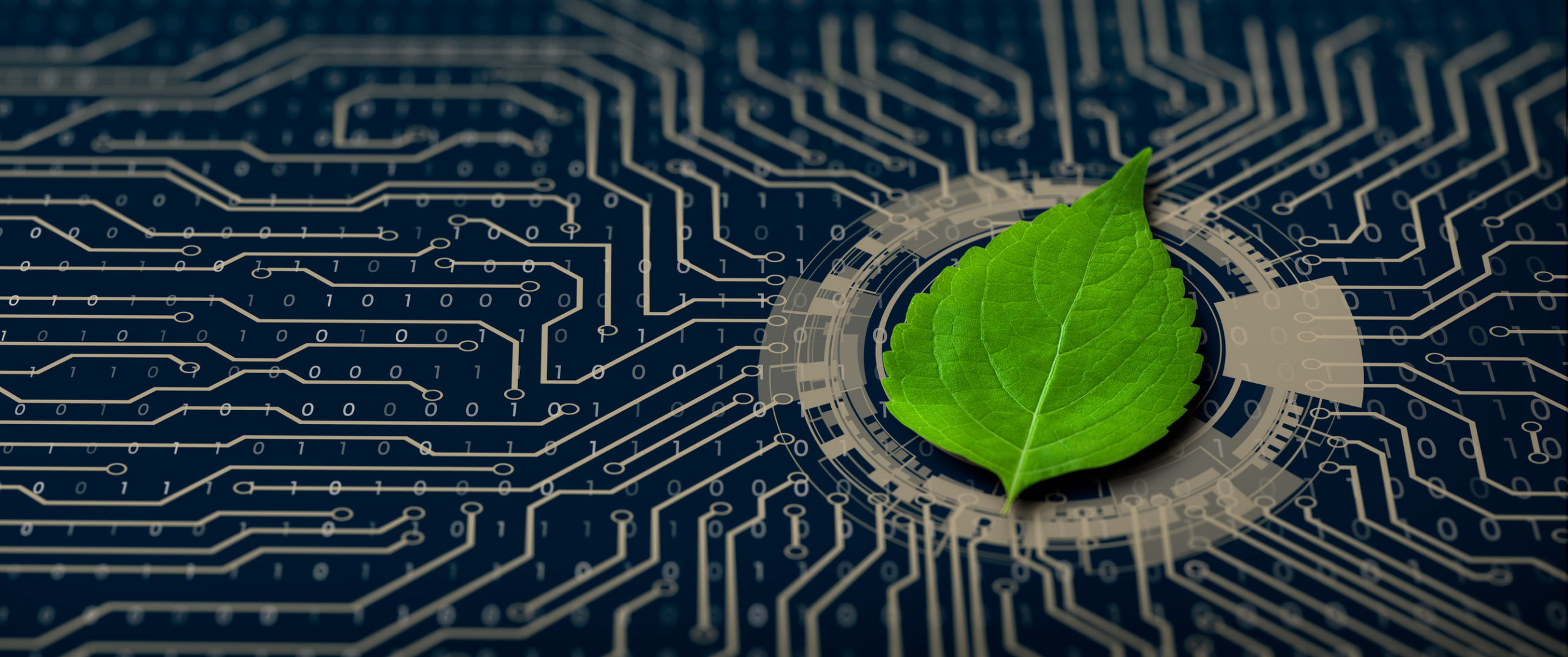Earth Day is a celebration that promotes the protection of our natural environment through actionable outcomes. Both Net-Zero 2050 and global decarbonization efforts were designed to parallel those objectives, which have posed new challenges to utility providers such as regulatory requirements designed to curb carbon emissions or the tech disruption brought on by distributed energy resources (DERs) that is radically reshaping the grid. Fortunately, there are green technology solutions, both software and beyond, that utilities can use to satisfy their regulatory requirements while maintaining continuous service.
The History of Earth Day and Why It Matters
The first Earth Day was 51 years ago on April 22, 1971, and was developed to advocate for environmental sustainability to mitigate the effects of climate change. Before 1970, there was no Environmental Protection Agency, Clean Air Act, or Clean Water Act, meaning manufacturers could dump toxic waste into waterways or emit plumes of toxic smoke into the air without consequences.
Today the global scientific community believes that climate change and its consequences are caused by humans. Since the Industrial Revolution, centuries of burning fossil fuels have put more carbon dioxide into the atmosphere than nature can remove. Only drastic cuts in carbon emissions, backed by collective global will, can make a significant difference. That’s why President Biden recently laid out a bold climate agenda, to secure U.S. leadership in renewable energies and green technologies, and to cut greenhouse gas emissions in half by 2030.
A new study warns that if net-zero emission targets are to be met, the industry must considerably speed up investments in green technology that would allow the replacement of fossil fuels using renewable energy and reduce the impact of climate change on the environment. Here are some ways we can all use these technologies to help us achieve net-zero greenhouse gas emissions by the mid-21st century.
Use Distributed Energy Resources (DERs)
In recent years, the distributed energy resource (DER) market has exploded, with a projected market growth to reach $605.55m by 2028. Distributed energy resources include personal electric generation technology like rooftop solar or wind turbines, as well as residential battery storage. By relying on renewable green technology,
DERs support decarbonization by producing clean, carbon-free energy. Distributed solar can replace fossil fuel generators. Electric vehicles (EVs) enable the switch at scale from oil for transport to electricity. By extension, the EV charging that will so challenge the grid is in turn useful via vehicle-to-grid (V2G) charging that allows utility providers access to the stored energy in the battery during peak demand hours. As the scale of clean renewable electricity supply grows, these technologies present an opportunity for utilities to modernize the grid and minimize our collective reliance on fossil fuels.
Rooftop Solar/Battery Systems
Solar panels are increasingly common, and that number looks to grow exponentially as projections indicate that the amount of Americans utilizing solar could triple by 2030. That prosumer-generated electricity needs a home. Fortunately, solar-plus-storage—battery storage for excess solar-generated energy—can provide invaluable storage options to households with access to their own power generation. Solar energy systems paired with battery storage present an opportunity for utilities by allowing them to manage and balance the grid during peak times of demand.
EV Charging
A well-coordinated EV charging strategy ultimately benefits EV consumers through lower charging costs, accelerated deployment of EV charging stations, and increased environmental benefits enabled by distributed energy resource management systems (DERMS) technology. DERMS can incorporate weather forecasts that anticipate times of high renewables availability in coordination with EV charging needs, providing benefits of lower charging costs while maximizing the use of low carbon electricity.
Invest in BYOD Green Technologies
The global electric power industry is shifting away from centralized power generation toward a mix of distributed energy resources (DER) and smart energy management solutions like demand response (DR) conservation programs. By leveraging both the internet of things (IoT) connectivity and BYOD strategies, demand response programs enable customers to enroll their smart water heaters, smart thermostats, mini-split heat pumps and other internet-of-things devices into DR conservation programs. This helps minimize energy consumption, balance the power grid, and reduce our reliance on fossil fuels.
Smart Water Heaters
Smart water heaters are designed to produce a continuous supply of hot water. The main difference, however, is that smart water heaters are equipped with remote controls and energy-saving capabilities that prevent unnecessary water and energy waste through remote monitoring and usage control. Smart water heaters can also adjust their own energy levels through coordination with robust DERMS software that allows them to work together to conserve energy, by shifting usage times to off-peak hours of consumption.
Mini-Split Heat Pumps
The recent boom in smart-home, green technology aligns well with the growth of mini-split heat pumps. These systems offer a variety of benefits that aren’t available through typical HVAC systems. Mini-split systems offer great home energy efficiency; each room has its own unit and no ductwork like traditional HVAC systems and can manage the temperature of a room without overusing energy.
Opting for a ductless heat pump creates a heating and cooling alternative that reduces the impact on the electrical grid. Using less electricity provides opportunities for the utility company to minimize energy purchasing costs while enhancing grid reliability and continuity of service. This green technology reduces your carbon footprint, without sacrificing reliable service.
Smart Thermostats
Energy technology has changed rapidly over the past few years, whether at your home or at your local electric utility. Much of this innovation has been focused on adding technology that allows different parts of the network to communicate with others, smart devices like thermostats, water heaters, and more. Smart thermostats are simple and affordable green technology devices, programmable to learn temperature preferences while establishing a schedule that can adjust to the most efficient, energy-saving setting based on usage patterns and lifestyle. Since heating and cooling typically account for a significant amount of home energy usage, using data to control optimal temperature adjustments throughout the course of the day can significantly reduce energy usage and save you money.
Green Technology for Earth Day Conclusion
With much of the world working towards ambitious decarbonization goals by 2050, the arrival of this year’s Earth Day on Thursday (22 April) is a timely reminder that reinforces the importance of multilateral action if we are to mitigate climate change. Investing in any one of the many types of green technology can begin a lifetime of sustainable choices that benefit the environment through collective use.





